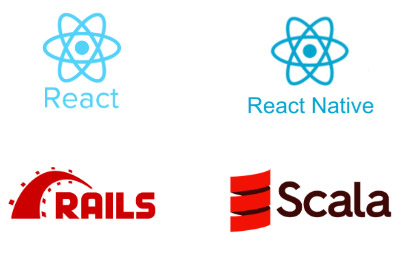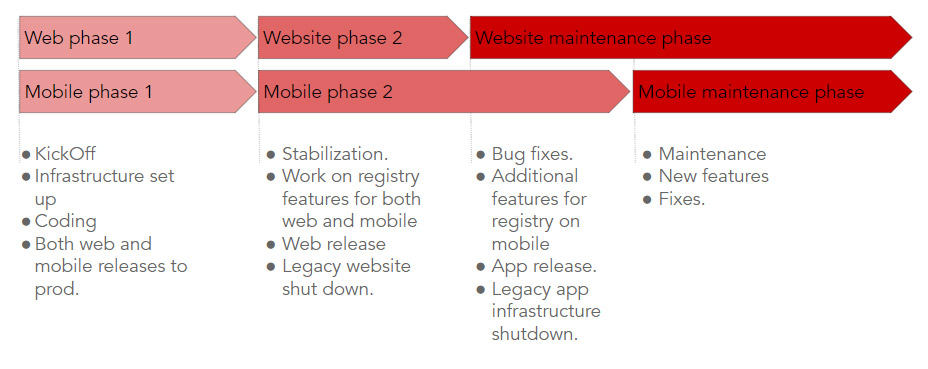
Gut Microbiome testing for weight loss & health
Introduction
The Client mission is to help individuals everywhere to gain control of their health and wellness. By harnessing the most up-to-date knowledge and cutting-edge technology, they strives to bring the future to healthcare.
With analyzed personal data, it is possible to identify how your microbes are behaving and how to optimize your gut's ecosystem with food. This company is leading the way by pioneering a new approach to this scientific breakthrough.
In 2019, our client acquires a subsidiary, DevBorn was part of the subsidiary's team before the acquisition and joined the new team as part of the merging plan.
The Team
- Senior mobile developer – DevBorn
- Senior front-end developer (2x) – DevBorn
- Senior back-end developer consultants (3x) – DevBorn
- Product owner (2x) – Client
- Project manager – Client
- Web developer – Client
- Back-end developer – Client
- UI/UX designer – Client
Tech Stack
Both front-end and mobile experiences are quite similar. Hence React and React Native were chosen.
As a result of the companies merge, there are parts of the back end running on Ruby on Rails and Scala.

Project plan

Product Goals
Main features
- Food sensitivities and gut intelligence tests.
- Measure microbiome presence in your organism.
- Uses microbiome metrics to create body health indicators.
The challenge
- Unify audiences (from both companies) in one platform.
- Create a framework that would allow the client incorporate new tests with the lowest time to market.
- Include top-tier features on the mobile apps that will allow users to register with a minimum of steps (QR, among others).
The Extra Mile
DevBorn made many contributions to the architecture and infrastructure of the applications.
- Shared layer between both web and mobile that hold business logic.
- Layer coded in JS and Redux.
- Layer interacts with legacy rest services provided by the back-end.
- Pros: reduced times by reusing code.
- Continuous integration pipeline for both web and mobile using Fastlane.
- Unit tests developed using Jest.
- Mobile development via React Native for reduced coding times.
- App Center CodePush used for reducing deployment times without needing to go through stores approvals.
- Infrastructure set-up for web with Docker.
Social